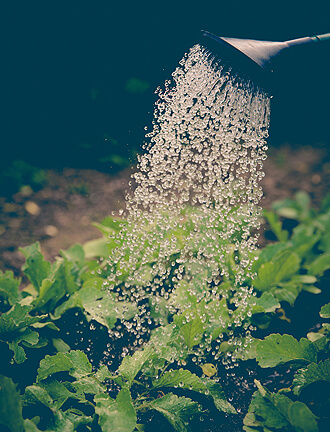


We have implemented a comprehensive digital farm management system that collects real-time data on soil moisture, nutrient levels, and weather conditions. This system provides insights that guide our decision-making, enabling us to optimize irrigation and nutrient application schedules.

We collaborate with biotech experts to explore genetic modification and genome editing techniques. While ensuring strict adherence to safety and ethical guidelines, we aim to develop crop varieties that are more resilient to pests, diseases, and environmental stressors.

Regular soil testing helps us understand the nutrient content and microbial activity in our fields. With this data, we create customized nutrient management plans, reducing the need for excessive fertilizer use and promoting sustainable soil health.
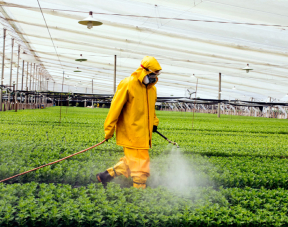
We implement a holistic approach to pest management. By introducing natural predators, utilizing pheromone traps, and practicing crop rotation, we minimize the use of chemical pesticides, ensuring a balanced ecosystem.
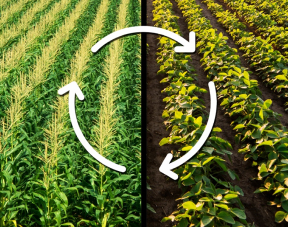
Our farm follows a structured crop rotation plan that not only maintains soil fertility but also prevents the buildup of pests and diseases. By diversifying our crops, we reduce risks associated with monoculture and contribute to food security.
Benefits and Vision
We have achieved higher yields, reduced input costs, and improved product quality. Furthermore, our sustainable approach minimizes the environmental impact of our operation
As we move forward, our vision is to continue pushing the boundaries of agricultural innovation. We are dedicated to collaborating with experts, adopting emerging technologies, and upholding ethical and environmental standards.
 Co Founder & CEO
Co Founder & CEO
TEM Nursery
Our nursery stands as a beacon of innovation and excellence, dedicated to the development of new plant varieties and the advancement of disease -resistant capabilities. Through meticulous care and cutting-edge research, we are cultivating mother plants that are not only the foundation of new varieties but also the frontlines in the battle against plant diseases.
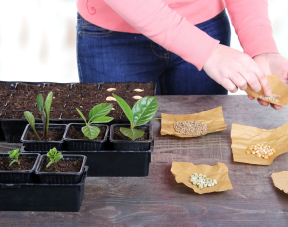
Nursery
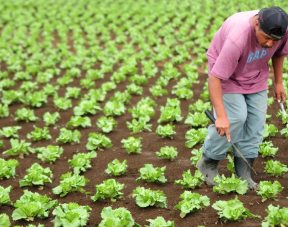
We begin by carefully selecting plant specimens with desirable traits from various sources. These traits may include high yield potential, exceptional taste, unique appearance, and adaptability to specific growing conditions.

Through skilled grafting, cutting, or tissue culture techniques, we propagate these chosen plants to create an elite group of mother plants. These individuals serve as genetic reservoirs, supplying the basis for future plant generations.
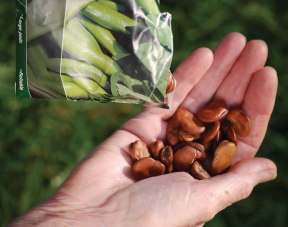
Maintaining genetic purity is paramount. Our nursery employs stringent protocols to prevent cross-pollination and contamination, ensuring that the mother plants retain their unique attributes without compromise.
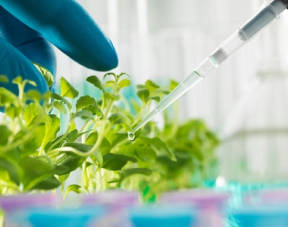
Our nursery collaborates with plant pathologists to identify potential disease threats. We expose mother plants to various pathogens and monitor their responses, identifying those that exhibit natural resistance or tolerance.
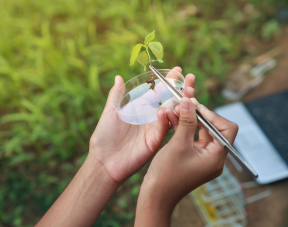
Through advanced genetic analysis, we decode the plant's DNA to uncover genetic markers associated with disease resistance. This knowledge helps us make informed breeding decisions, enhancing the efficiency of our efforts.
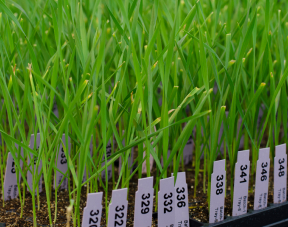
Armed with genetic insights, we employ traditional breeding methods or cutting-edge techniques like gene editing to introduce disease resistance traits into new varieties. These efforts reduce the reliance on pesticides and contribute to sustainable cultivation practices.
Nursery
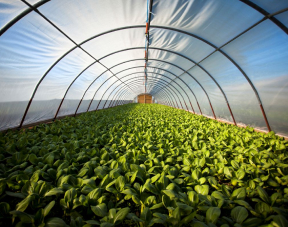
Our nursery's efforts result in a rich variety of plants that cater to different tastes, climates, and market demands. This diversity enhances agricultural resilience and supports biodiversity.
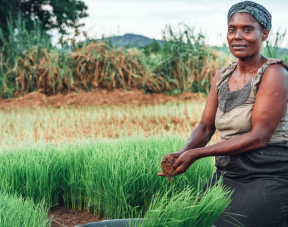
By focusing on disease resistance, we contribute to more robust plant populations. This resilience bolsters global food security by reducing crop losses due to diseases.

Reduced reliance on chemical treatments benefits the environment by minimizing pesticide use and potential environmental contamination.

Our efforts stimulate economic growth through the creation of new marketable plant varieties and enhanced agricultural productivity.

